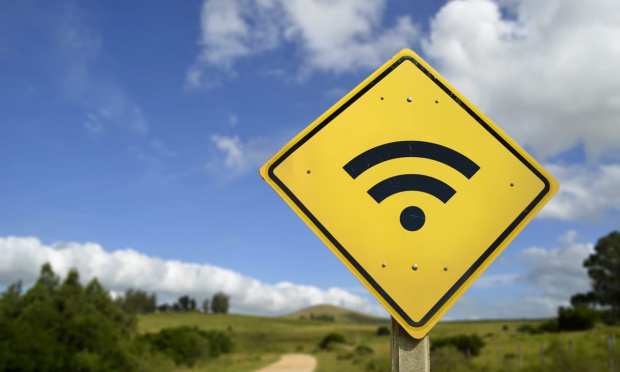World Wide Web Inventor: One-Third Of Young People Lack Internet Access

This year found many of the world’s young people living their lives online in ways they might never have dreamed.
Just as their parents learned to work via Zoom, children everywhere spent the COVID-19 pandemic doing much of their schooling and socialization into the digital realm.
But that isn’t the case for every child, Web inventor Sir Tim Berners-Lee and Web Foundation Co-Founder Rosemary Leith write in an editorial published Friday (March 12).
One third of the world’s young people have no internet access at all, while many others don’t have the connection, data or devices needed to enjoy the web to its fullest. Only the top third of people under 25 have the internet at home, according to UNICEF, which leaves more than 2 billion younger people without proper access to online learning.
“As we did with electricity last century, we must recognise internet access as a basic right and we must work to make sure all young people can connect to a web that gives them the power to shape their world,” Berners-Lee and Leith write on the World Wide Web Foundation blog.
Among the steps required to make that happen is a $428 billion investment — a figure from The Alliance for Affordable Internet — over 10 years to give everyone a quality broadband connection. Leith and Berners-Lee say this is the equivalent of $116 for every 3.7 billion people who are offline.
“By giving billions more people tools to learn, earn, and create, this down payment for future generations would deliver incredible returns in the form of economic growth and social empowerment,” they write. “It’s estimated that a 10% increase in the number of people online translates to a 2% lift in an economy’s GDP, and new analysis finds that achieving universal broadband in the developing world by 2030 would deliver around $8.7 trillion in direct economic benefits. We can’t afford not to do it.”
Efforts like this are underway in America. In 2019, the FCC announced a $20.4 billion plan to provide broadband and 5G tech in rural communities, a program called the Rural Digital Opportunity Fund.